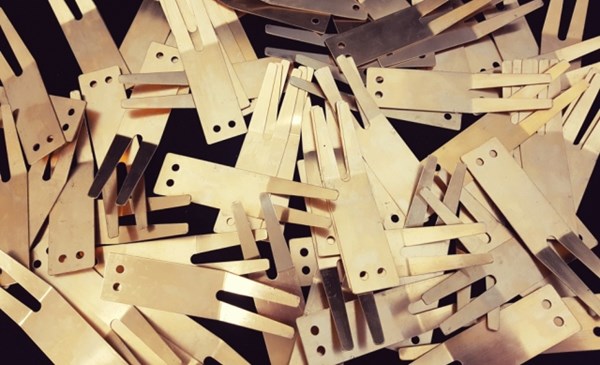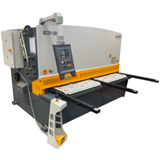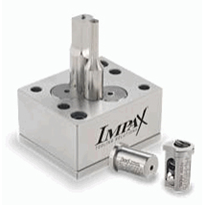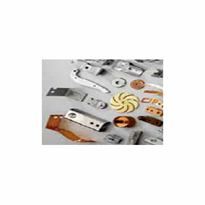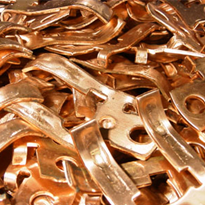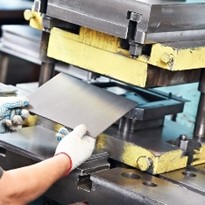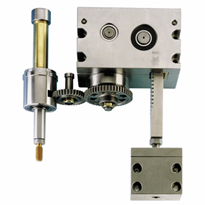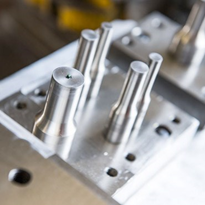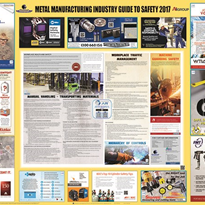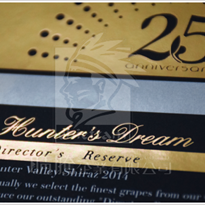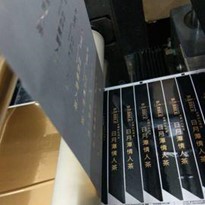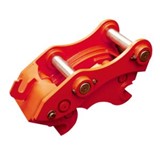The procedure uses specially made dies to perform a number of processes including; blanking, punching, bending, and piercing.
In order for your contract metal manufacturing company to produce high quality components at efficient prices, there are a number of basics to understand in the initial design process.
Swift Metal Services are the industry leaders in the metal stamping and pressing industry in Australia. The highly trained and experienced team are willing to offer advice and insights into the most cost effective and time efficient method of producing your parts. However in order to give you a greater understanding of the processes, we have put together a brief guide illustrating the necessary points to consider in the stamped metal component design process:
Blanking:
The cutting of the basic shape of the part. This is usually the first step in the stamping process. The main concerns at this stage of the design include avoiding any burrs which require a further stage to remove. In turn this adds time and potentially cost to the manufacture of your parts.
Corners:
Every corner of your blank should include a radius of at least ½ material thicknesses. This ensures there are no sharp edges.
Burrs:
To minimize the seriousness of burrs and sharp edges try to avoid sharp corners in the design as well as complex cut-outs. Additional vibratory stages are an option, to remove or dull burrs when they cannot be avoided in the production. It important to note on your design whether burrs will be a problem or not in your application.
Piercing:
The forming of any holes or slots in the parts. To ensure the end products are fully functional and the manufacturing process is effective you should consider:
- Hole Diameter – the minimum size of any hole should be at least 1.2 x the material thickness of the part. Parts with smaller diameters can require extra punching or drilling processes as well as the removal of burrs. These additional stages result in a higher cost/unit as well as adding lead-time.
- Material edge-to-hole Spacing – The space between the edge of a hole and the edge of the component should be at least twice the material thickness. Bulging along the edge of the part can occur if this distance is any less.
Bending:
The Bending of Forming stage in the metal stamping process is most often close to the finish of the cycle. The most important design feature relating to bends is to ensure you have allowed sufficient material to perform the bend.
- Forming of bends close to holes – The hole in a stamped metal part can become deformed if the bend is too close to the edge of a hole. For holes with a diameter less than 2.5mm, the distance between the hole and the bend should be at least 2 x material thickness plus the form radius and holes larger than 2.5mm should be a minimum of 2.5 x material thickness from the edge of the bend.
The above points are just a few of the necessary factors involved in the design of your stamped metal components. Metal manufacturers will be able to further examine your design and offer further suggestions for the improvement of the quality of your metal product or ideas on how to minimize unnecessary costs.
Signup to our blog to receive regular updates direct to your inbox!


